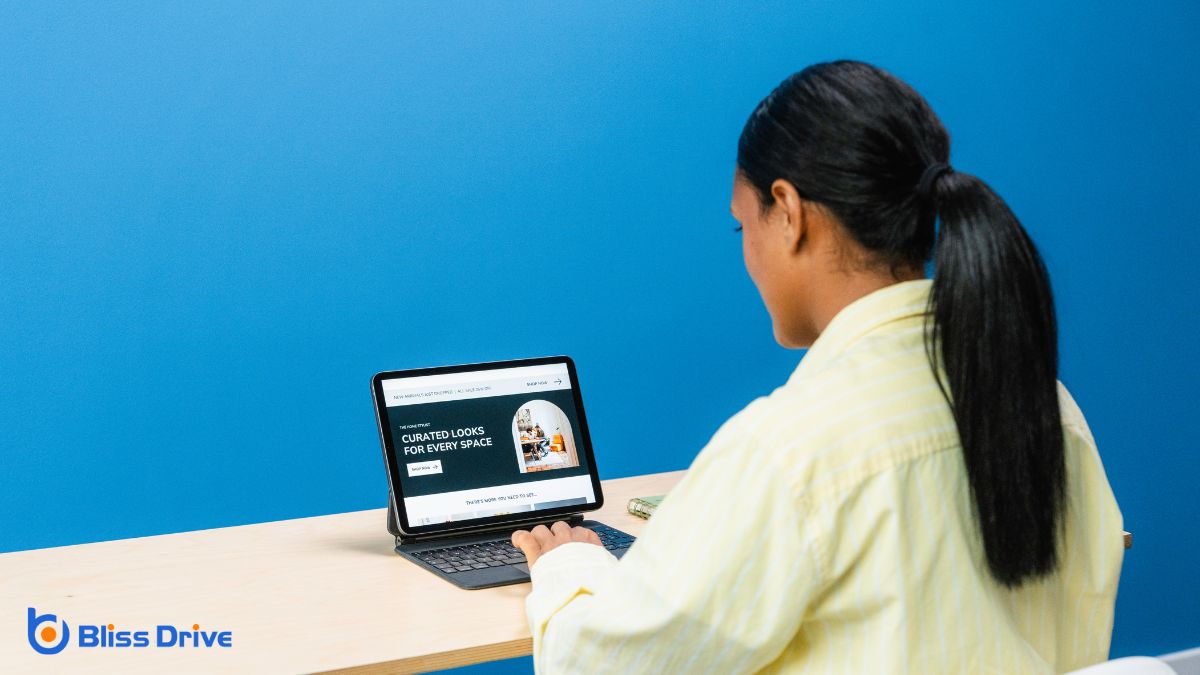Learn More About Us

When you're deciding between buttons and text linksHyperlinked text used by affiliates to drive traffic to merchant websites. for your CTAs, it's crucial to take into account how each option impacts user engagementThe level of interaction and involvement users have with social media content.. Buttons tend to stand out more, grabbing attention and enticing clicks, which can boost conversions. But don't dismiss text links just yet. Depending on your site's design and context, they might perform better. Curious about how to choose the right one for your audience? Let's explore the nuances further.

Calls-to-action (CTAs) are pivotal elements in any marketing strategy. They guide users toward desired actions, like signing up for newsletters or making purchases. CTAs bridge the gap between user interest and conversion, ensuring your marketing efforts lead to tangible results.
You need to understand that the effectiveness of a CTA directly influences your overall success.
When crafting a CTA, focus on clarity and urgency. Make it clear what action you want users to take and why they should act now. Use compelling language that resonates with your audience's needs.
While crafting effective CTAs is important, their visual appeal and user recognition play a significant role in their success. When you design a CTA, consider how it captures attention. A well-designed button stands out, drawing the user's eye immediately. It’s easily recognizable as something clickable, prompting action.
Text links, on the other hand, can blend into surrounding content if not styled properly. To guarantee effective recognition, make sure text links are underlined or colored differently from regular text.
Additionally, consistency matters. When users see a familiar button style across your site, they’re more likely to recognize and trust it.
Always aim for a balance between aesthetics and functionality. By focusing on these aspects, you’ll enhance user experience and potentially boost engagementThe interactions that users have with a brand’s content on social media..
Understanding the impact of CTAs on conversion rates is essential for optimizing your website's performance. When you choose between buttons and text links, consider how each affects user behavior.
Buttons tend to draw more attention because they're visually distinct, which can lead to higher conversion rates. Users often perceive buttons as more interactive and are more likely to click them compared to text links. This increased clickability can be vital for driving conversions.
However, context matters. If your site’s design emphasizes text, well-placed text links might integrate better, maintaining a seamless user experience without sacrificing conversions.
Analyze your audience’s behavior and preferences. Conduct A/B tests to see which option performs best for your specific audience, ensuring you make data-driven decisions that enhance your conversion rates.
Considering how CTAs influence conversion rates, it's equally important to examine how design aesthetics and integration affect their effectiveness.
When you design a CTA, you should guarantee it aligns with your site's overall look and feel. A well-integrated CTA doesn’t just look good; it feels like a natural part of the user experience.
Choose colors that contrast with your background to make buttons stand out, and use text links when subtlety is key. Consistency is essential—stick to a uniform design language across all CTAs.
As you develop CTAs, think about the context in which users will encounter them. Consider the user’s journey and the device they’re using.
On mobile devices, buttons are often more effective due to their tap-friendly nature and visibility on smaller screens. In contrast, text links might blend more seamlessly on content-heavy pages where they don’t disrupt the flow of reading.
Always align your CTAs with the surrounding content and user intent. If visitors are in a research phase, a subtle text link may suit them better, guiding them gently.
However, if they're ready to purchase, a bold button could drive action more effectively. Remember, the right choice depends on user needs and the context of their interaction with your page.

When evaluating the effectiveness of your CTAs, testing and analyzing performance are essential. Start by setting clear goals for what you want your CTA to achieve, whether it’s clicks, conversions, or another metric.
A/B testing is a powerful method to compare buttons and text links directly. You can experiment with different designs, colors, and placementsSpecific websites or locations within websites where ads can appear. to see what resonates best with your audience.
Don’t rely on assumptions; let data guide you. Use analytics toolsSoftware used to track and analyze website performance, user behavior, and marketing efforts. to track how users interact with your CTA. Pay attention to click-through rates and conversion metrics.
Regular analysis helps you understand what's working and what's not, allowing you to refine your approach continually. By staying informed, you can make data-driven decisions that enhance your CTA’s effectiveness.
In deciding between buttons and text links for your CTAs, it's essential to prioritize user engagement and conversion rates. Buttons often stand out more and invite clicks due to their visual appeal, but the best choice depends on your site's unique design and content. Don’t forget to test both options to see what resonates with your audience. By analyzing performance data, you'll make informed decisions that enhance your website's effectiveness and overall user experience.
